 Noodle: 1.noun: dough rolled into thin, flat strips; pasta 2.verb: “to noodle”; a primative method of putting food on the table, specifically catfish, involving a hapless fish, a soaked human, no fishing pole and two brains of equal size. Also known as “grabblin”, “hoggin”, “doggin”, “gravelin’ or “ticklin”. Ever heard of “noodling”? From the National Geographic: “Some people call it the Mount Everest of fishing. But most everyone else describes “noodling” or handfishing, as just plain crazy” The Oxford English Dictionary defines “noodling” as “a stupid person”. Hmmm. Think about that. The sport with the same name requires walking along a riverbank, in the water – no – sometimes under the water, feeling for a fish in places where beavers, snakes and snapping turtles are just as likely to hide and then putting one’s hand into the fish’s mouth where tender skin is no match for razor-like teeth. I might call that less than brilliant! While noodling is carried out in most parts of the South, here in Oklahoma, we are proud of those who noodle and we hold up Pauls Valley as the home of the Olympics of noodling – the annual Okie Noodling Tournament. Bob’s Pig Shop is the sponsor, with live entertainment and fried catfish making for a fun festival atmosphere. This year’s gathering of the bold and the brave happens on July 10th. I grew up with stories about my father’s, my grandfather’s and my great-grandfather’s “noodlin’ ” adventures. My dad shares in his book, Sailing Down the River of Memories, his noodling expertise which was handed down through the generations to him. We are very big on passing on traditions in my family, however, somehow this tradition of risking life and limb and appendages seems to have stopped with my father. Go figure. On page 17 Dad shares: “I learned to noodle or to fish with my hands. Now, that was an adventure! I’d go into the water and feel along the bank until I found a hole. Then, I’d slowly reach in to see if there might be a fish. Interestingly enough, by moving slowly and being gentle, you can stroke a fish under water and it won’t swim off. I’d carefully put a finger in the mouth and the thumb in the gill and bring the fish up close to my body. Then I put my other hand on the body of the fish so it couldn’t get away and I’d walk out of the water. The adventure was the chance of getting a turtle or a snake – but I never did. You had to be careful with catfish because the whiskers could stick in your skin and really hurt.” Dad also tells about his granddad, my great-granddad – Robert Hightower, who taught him how to finesse a catfish. “One of the largest fish he noodled was a 28-pound catfish on Spring River at Galesburg. [Missouri] Since that was not a legal way of fishing, Bob told everyone he had landed it with a cane pole. His description of the battle was so vivid no one doubted his word, but the scratches on his arms and fingers told another tale. He told son-in-law, Charlie [my granddad], he threaded a cord through the catfish’s mouth and gill and after tying the other end around his arm, he started for the bank. Something startled the fish and it went downstream pulling him with it. He had quite a battle getting to shore and landing the fish. When he put the fish on a 300 lb cake of ice, its head was at one end with the tail hanging over the other end nearly touching the ground.” Robert Hightower is featured in the Then and Now Cookbook I hope you enjoy this video that shows that men “ain’t got nuthin’ on us females” when it comes to noodlin’…………… OK, so that same side of my family, in spite of the obvious quirky side passed down through the generations to me, I was handed down another kind of “noodlin'”- the homemade kind. I was raised on Sunday lunch that included either chuck roast cooked to perfection, shredding to moist strips, or chicken equally moist and falling off the bone. Both were accompanied by homemade noodles gently boiled in the broth from the meats. Before we would leave for church, Mom would put the meat, onions and salt and pepper into a dutch oven with water and would leave it to bake slowly while we were gone. When we walked into the house after a morning of worship, the aroma would be so permeating that the saliva glands had an immediate Pavlovian response. Dad always made the noodles and he did it just as his mother had taught him. His great-aunt Myrtle, Grandmother’s sister, taught Grandmother how to make them and then, my father taught me. Dad can cut those noodles so thin that the result is delicate and tender. He still makes them when we go home and now, the next generation has taken its place as my children are now making the noodles in their homes. Below is the photo recipe for one of our favorite family traditions. I hope you enjoy them as well. Since I never learned to practice the other “noodlin'”, I’m satisfied with my efforts at the pasta variety. However, if you want to take up the sport, more power to you – and to the fish. 1 cup flour 1 large egg Approximately 3 tbsp water 6 cups broth – either chicken or beef 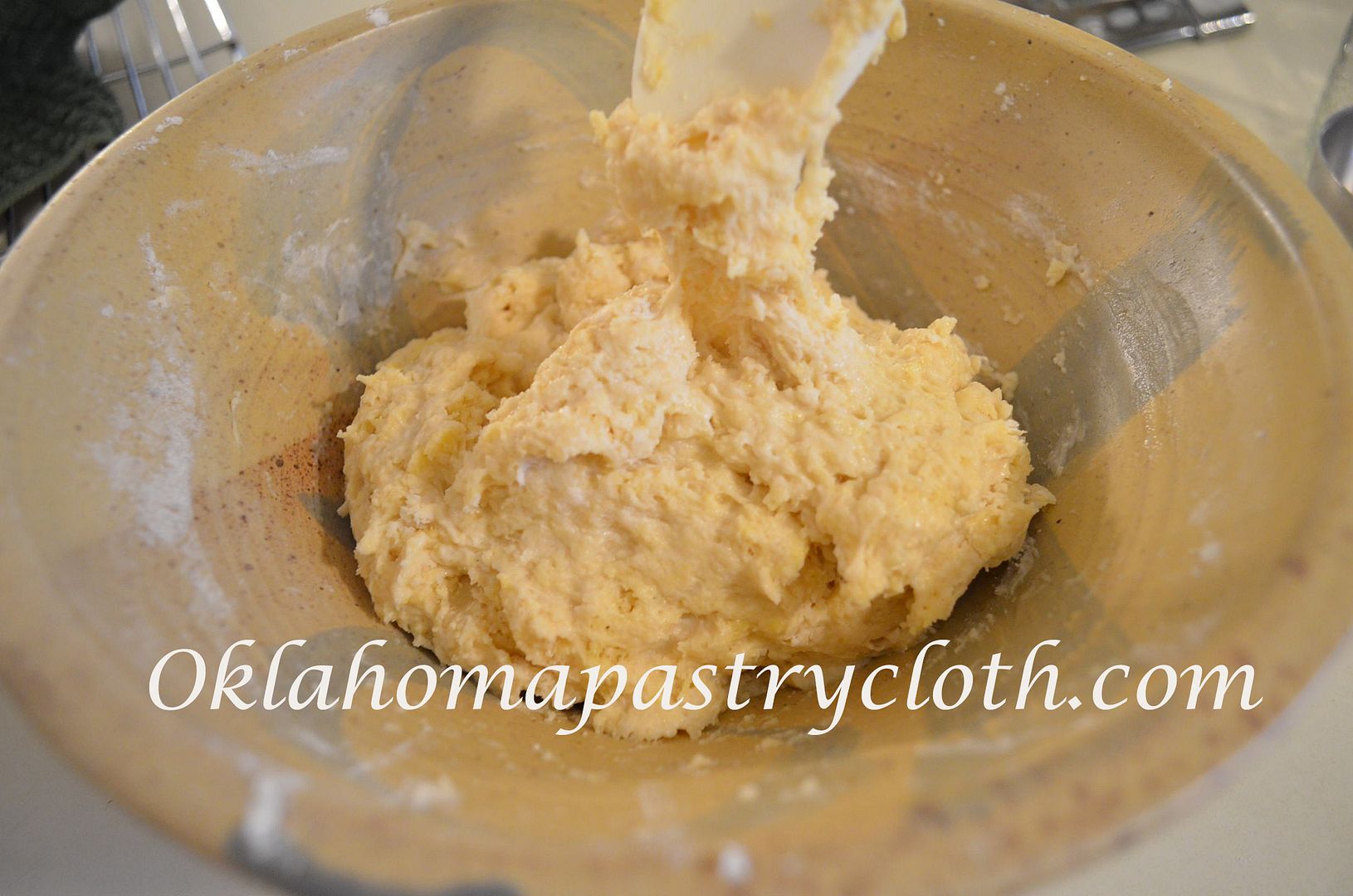 Put flour into a bowl and make a well in the center. Break the egg into the center and scramble. Add enough water to make a sticky dough. My dad always said that Grandmother taught to use a large egg, broken at the small end toward the top and then use the larger end filled with water. However, it is my opinion that chickens must have been larger back in those days and so I use 2-3 egg shell measures of water. (about 3 tbsp)  Pour the dough out onto a floured Oklahoma Pastry Cloth™ and knead in just enough flour so that it can be handled easily  Gently flour the outside of the dough and roll it around until it forms a ball  Divide the dough into 4-6 pieces and roll them into smaller balls.  Using one dough ball at a time, pat into a circle with your hand. 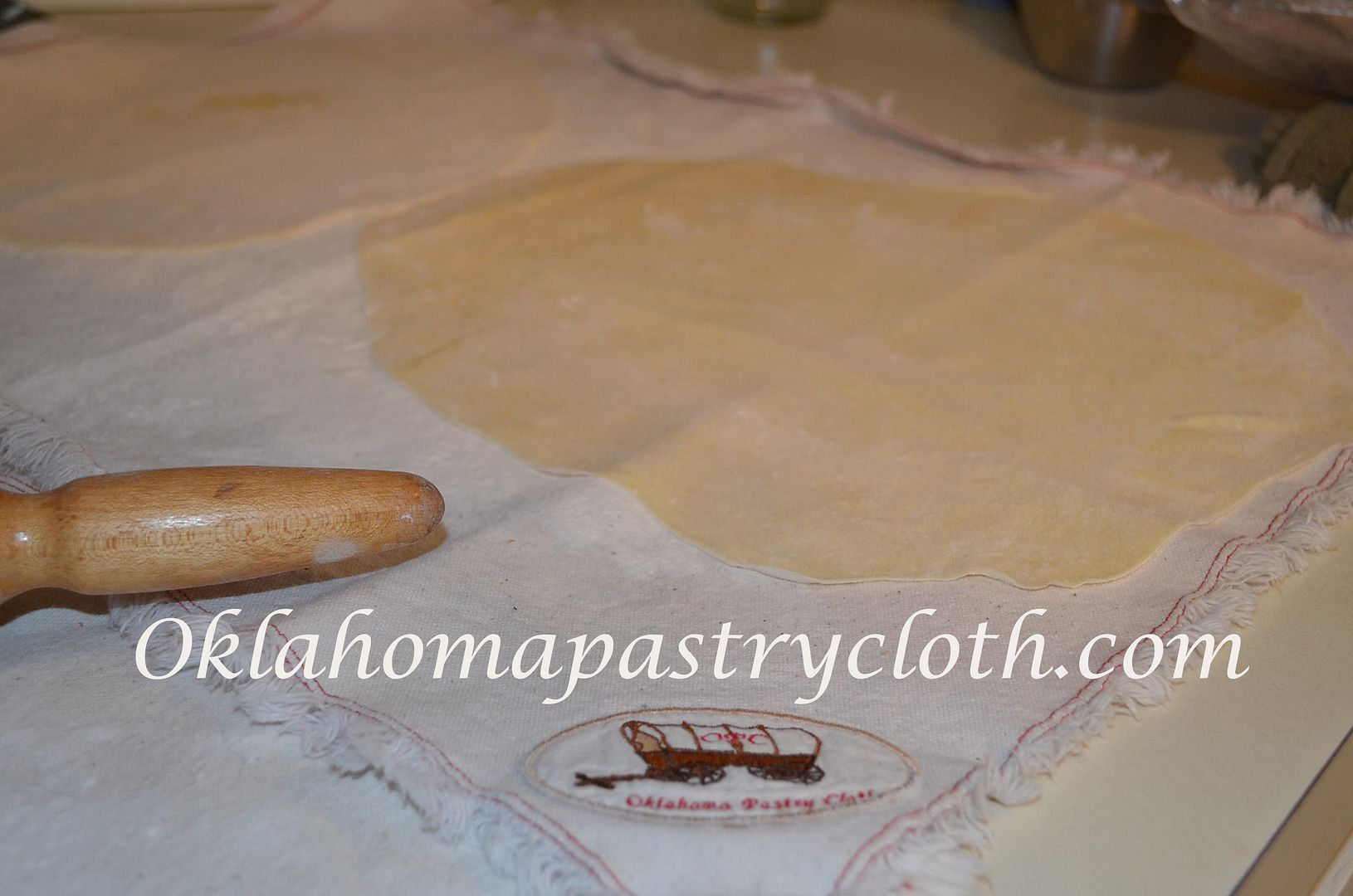 Using a rolling pin, roll the circle out to very, very thin, turning frequently and sprinkling with flour to avoid sticking. Always keep plenty of flour on the pastry cloth. Gently lift flattened circles, as they are completed, and place them on a cookie rack or floured surface such as a counter top, cutting board, a second pastry cloth or a tea towel for drying. Allow to dry at least 30 minutes on each side. If the air is moist, it can take longer. Repeat the process on remaining dough balls.
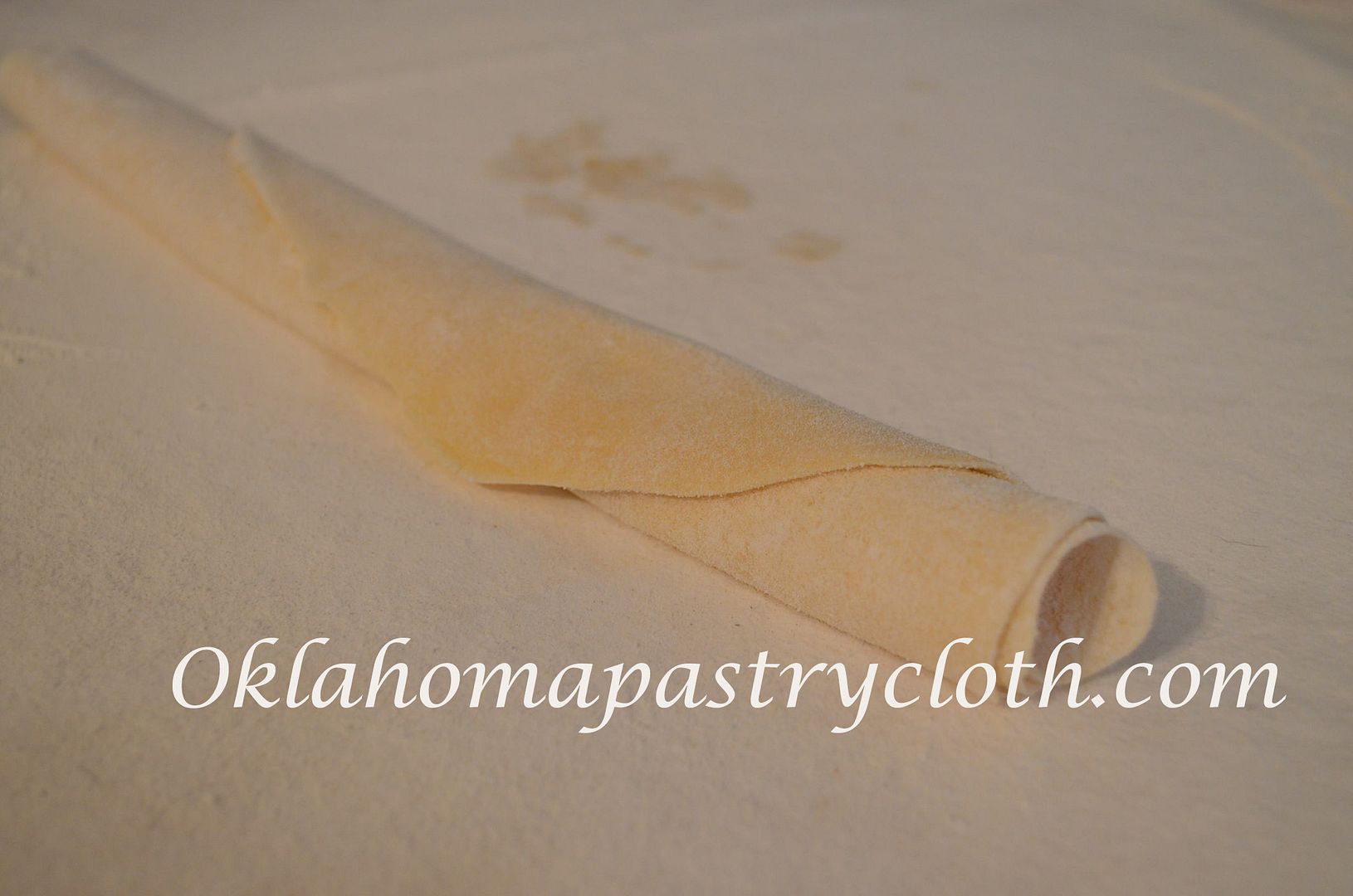 When the circles of dough are dry, but still very pliable, roll each one into a very loose jelly roll. Before rolling, you can flour the surface lightly to keep from sticking 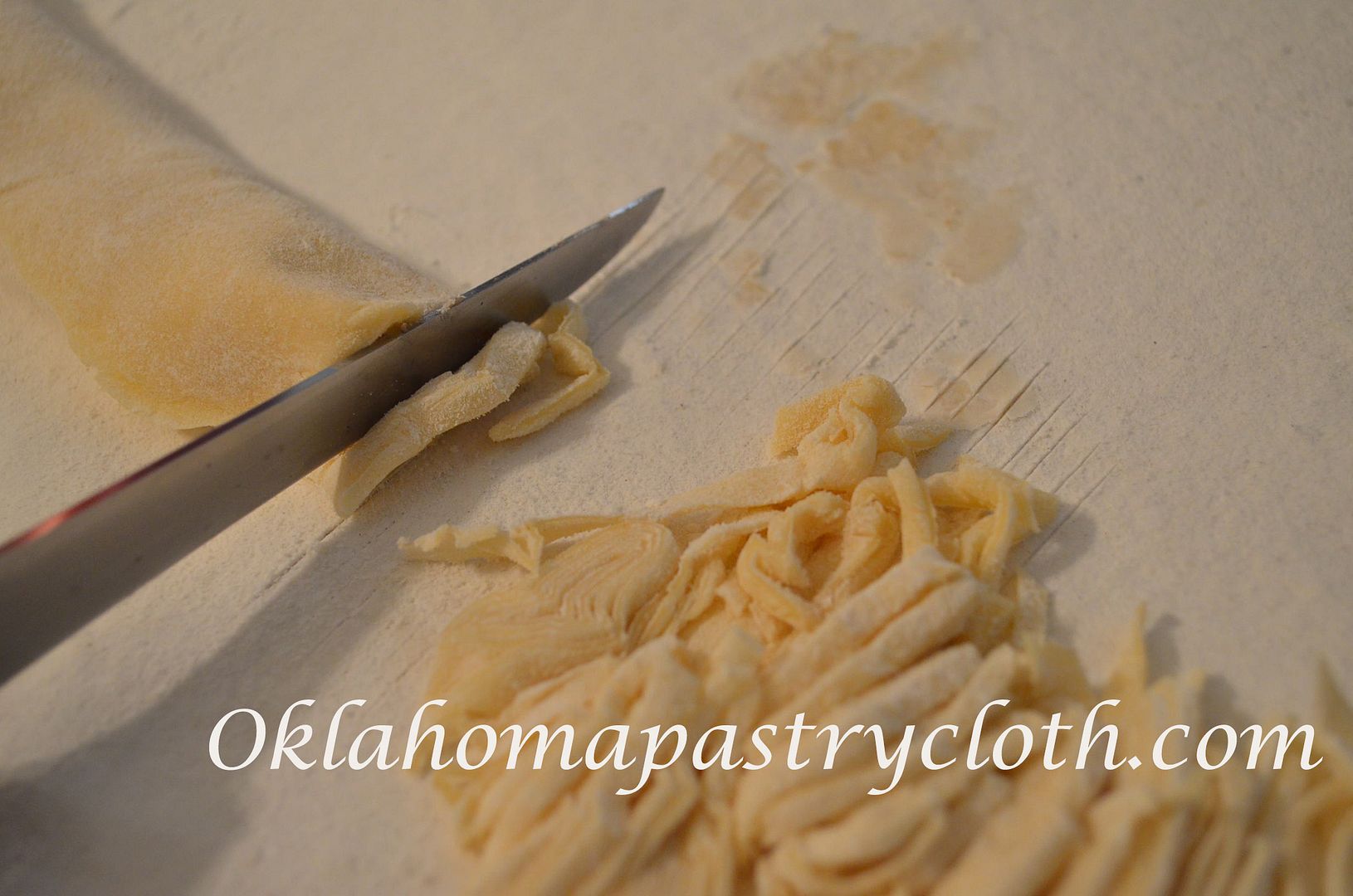 With a good, sharp knife, slice noodles thinly and then run fingers through them to loosen, unroll and separate. Be careful not to pinch the dough as you are cutting, just holding it lightly between thumb and finger  The noodles can sit in the open air while you prepare your broth. Bring broth to a boil. Reduce heat slightly and gently drop noodles in a handful at a time, stirring lightly with a fork. Cook approximately 15 minutes until tender. You can add canned broth if more broth is needed. Serve immediately over meat (baked or boiled chicken or beef) or mashed potatoes or as a side.  Now that’s the way to use the ol’ noodle!!  |
|
| |
|
Oklahoma Pastry Cloth™ Company on Facebook
|
|
 |
|
|
|
Archive for February, 2010
Homemade Noodles and Noodlin’
Saturday, February 27th, 2010
All You Ever Wanted To Know About Valentine’s Day – A Recipe!
Monday, February 1st, 2010


It is February 1st and aside from the fact that two of my sisters, my husband and two of our presidents’ birthdays are celebrated this month, we do have a holiday coming of all things lovey-dovey – Valentine’s Day.
Now, here in Oklahoma, we consider Valentine’s Day the next best excuse for eating chocolate since the previous excuse comes nearly two months earlier at Christmas and the next one isn’t until the Easter season. After that, it is every man – or woman – for himself in the rationalization department! If you are looking for some unique and exquisite chocolates that have a real story, Google Bedré Chocolates which are owned and produced by the Chickasaw Tribe right here in Oklahoma. They are the only chocolates produced by an American Indian tribe. They are delicious!!
Being a retired home school parent, I know the unwritten law in the unwritten book of home schooling that states, “Make every opportunity the opportunity for a teachable moment.” I shall do so now. Hence, follows all you ever wanted to know about Valentine’s Day:
According to the World Book Encyclopedia – that bright red number copyrighted in 1989 (yes, I still have it on our book shelves) – there are different theories about how Valentine’s Day came to be. Some trace it to an ancient Roman festival called Lupercalia. Others insist that it involves a certain saint in the Christian church and others equate it with an old English belief that birds mate on February 14. The ancient Romans held the festival of Lupercalia on February 15 to ensure protection from wolves. This appears to be an appropriate celebration, today, for most young women who find themselves chased by “wolves” on a continual basis. In Rome, the celebration was marked by young men hitting people with strips of animal hide. Even back then, they recognized that the real wolves walk on two feet! The women took the blows because they thought that getting struck made them more likely to have children. It is my informed opinion that this practice was then passed down to those very children, using switches from a nearby tree and women have been blessing their children with such switches ever since.
The Christian church disputes this origin because it is known that within the Church, there were two saints named Valentine. According to one story, young men were forbidden, under Roman Empire law, to marry because they made better soldiers if they weren’t tied to a family. A priest named Valentine took it upon himself to secretly marry star-crossed lovers who didn’t care a whit about the law and who had all read Shakespeare’s Romeo and Juliet. Yet another story says that the other Valentine made friends with many children as HE knew the story of the Pied Piper. This made the Romans mad and they imprisoned Valentine (Of course, it is possible that the fact that he refused to worship their gods might have had something to do with this). The children missed him so much that they tossed loving notes, produced by Hallmark Cards, to him through his jail cell window. We have been giving Hallmark Cards on Valentine’s Day ever since.
So there you have the history of Valentine’s Day in an abbreviated form. I am including the recipe for an original, wonderful, simple and fail-safe breakfast treat that you can make for your Valentine or Valentines to start the day off right. Happy Valentine’s Day!!!
1 whole egg, separated
2 egg whites
1/4 cup Kraft sharp cheddar Easy Cheese in a can (yep!) or any other brand of sharp cheese in a can
2 tbsp shredded asiago cheese
4 small cocktail croissants (about 1 oz each)
1 slice bacon
3 tbsp Hormel Real Crumbled Bacon with Picnic Bacon
1/2 cup skim milk or 1/2 and 1/2 if you want to get dangerous
1 pat butter
1 cup fresh spinach chopped
1/4 tsp onion powder
1/4 tsp salt
2 mini springform pans or medium ramekins
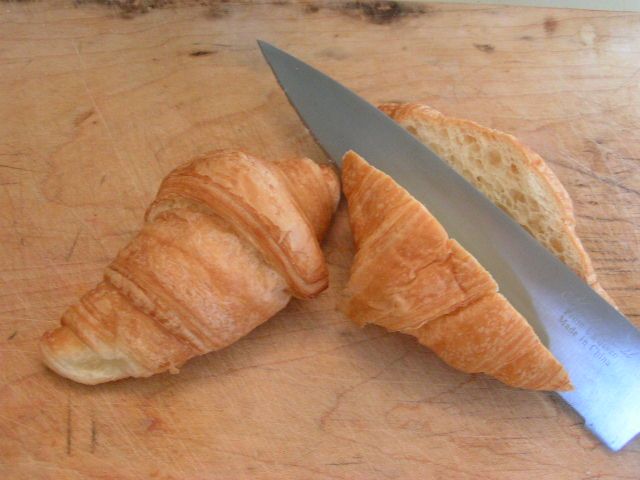
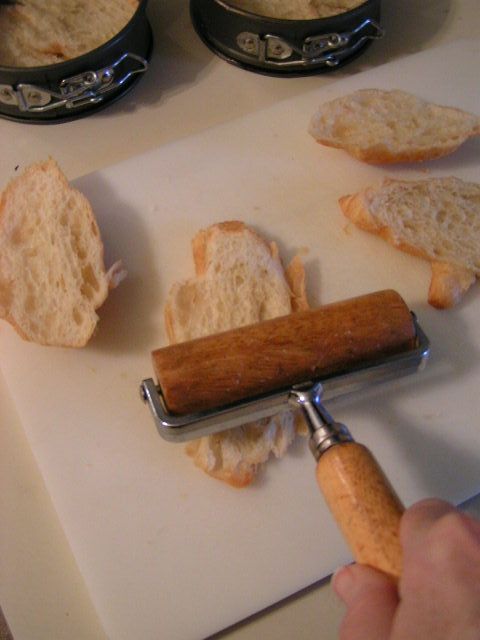

Place springform pans or ramekins onto a cookie sheet. Slice croissants in half lengthwise. With a rolling pin, roll 5 of the halves flat. In the two springform pans or ramekins that have been sprayed with Pam, press two croissant halves into each bottom, filling any gaps with pieces of the extra half.
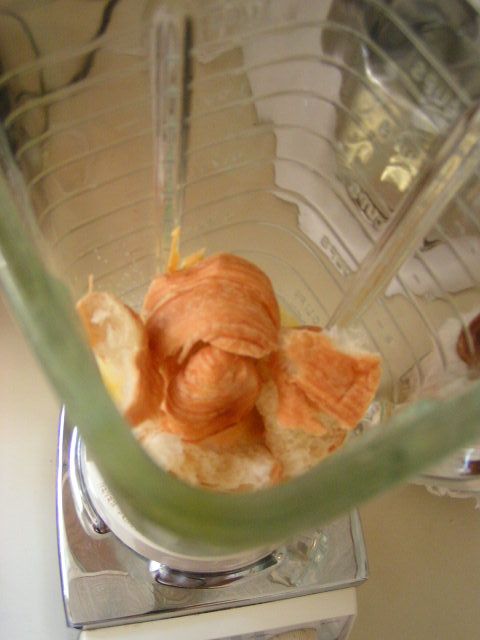
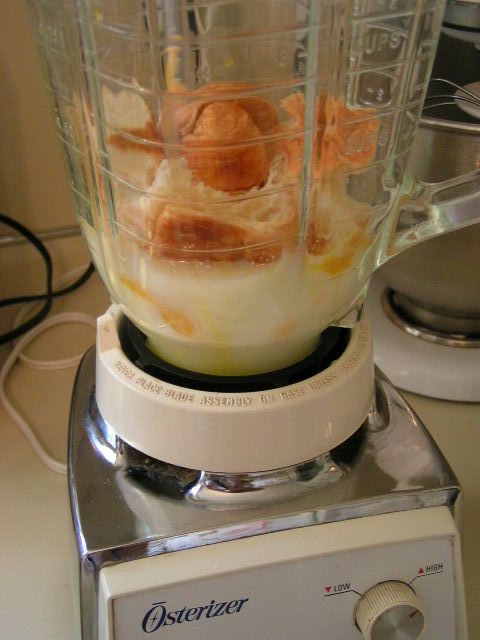
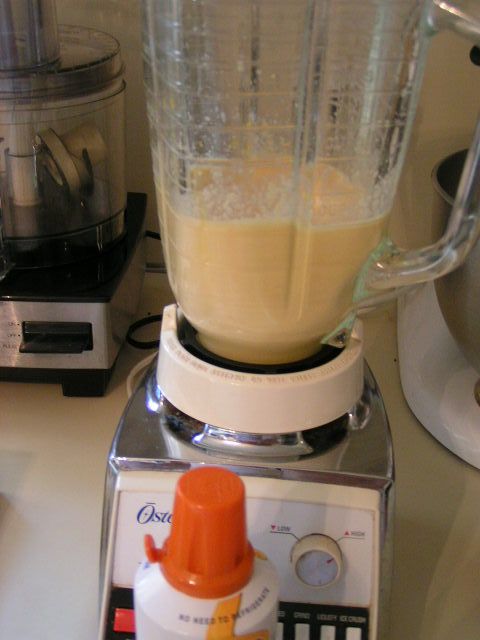
In a blender, put egg yolk, Kraft Easy Cheese, milk, one of the whole croissants, onion powder, and salt and blend until smooth.

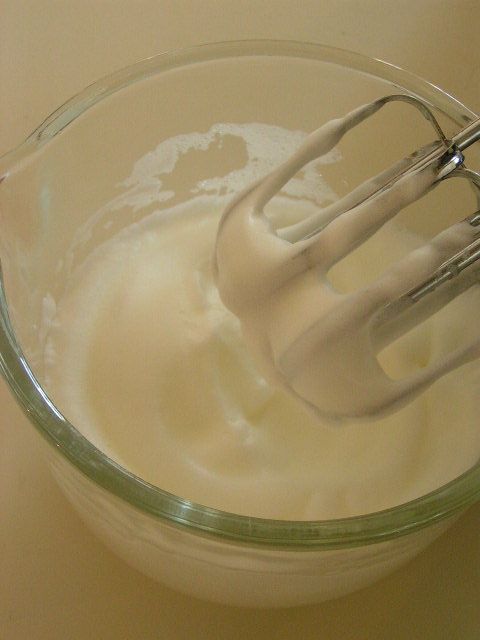
Place egg whites into a bowl and beat with mixer until fluffy and white.
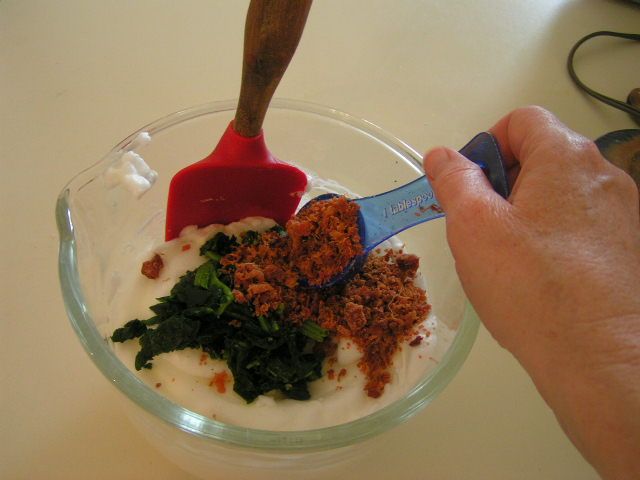
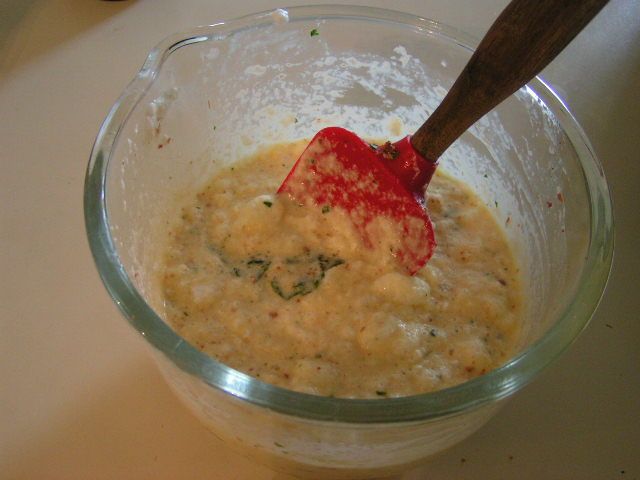
Add Hormel ham and bacon bits and spinach to whipped egg whites, folding them in gently, without stirring.
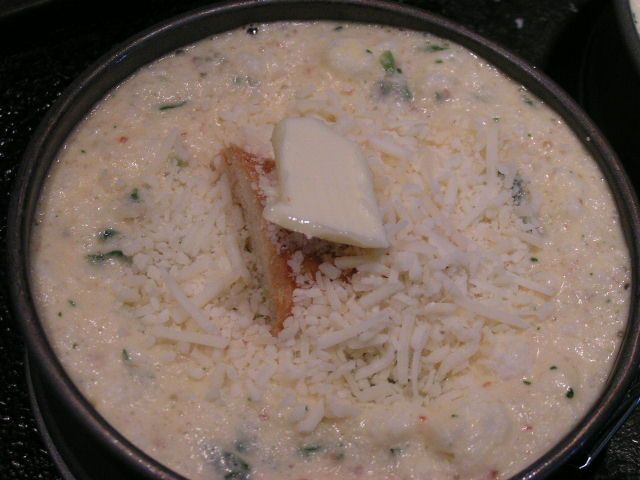
Pour 1/2 mixture into each pan and sprinkle with asiago cheese and place
1/2 of the final croissant half and 1/2 slice of cooked bacon on top with
1/2 pat of butter.
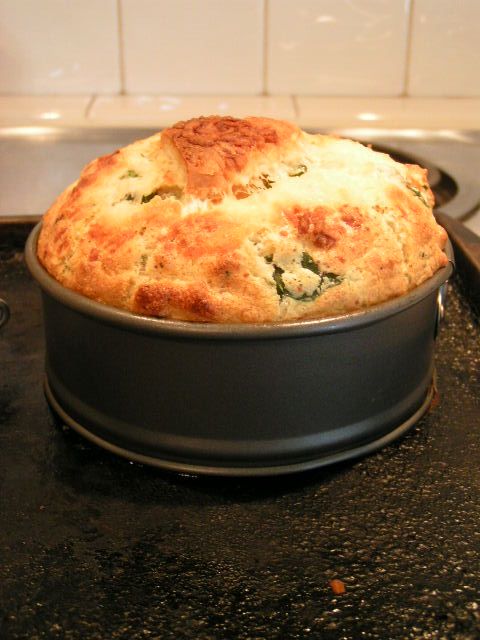
Bake at 350 degrees for approximately 25-30 minutes until set.
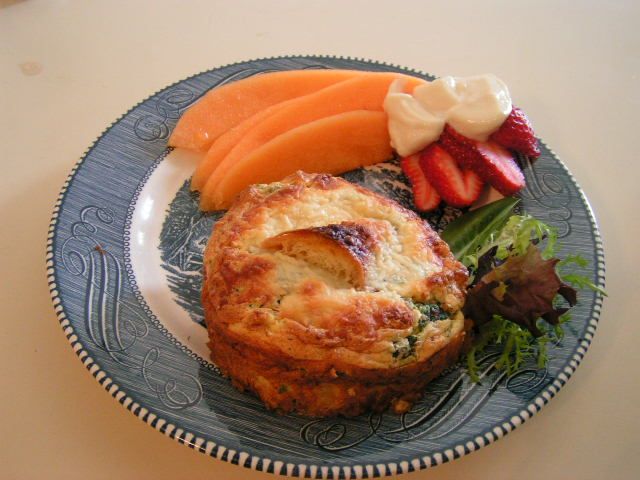
Add whatever fruits and garnishes you choose to say, “I love you!”
|
|

 Homestead Revival
Homestead Revival Paratus Familia
Paratus Familia Rural Revolution
Rural Revolution